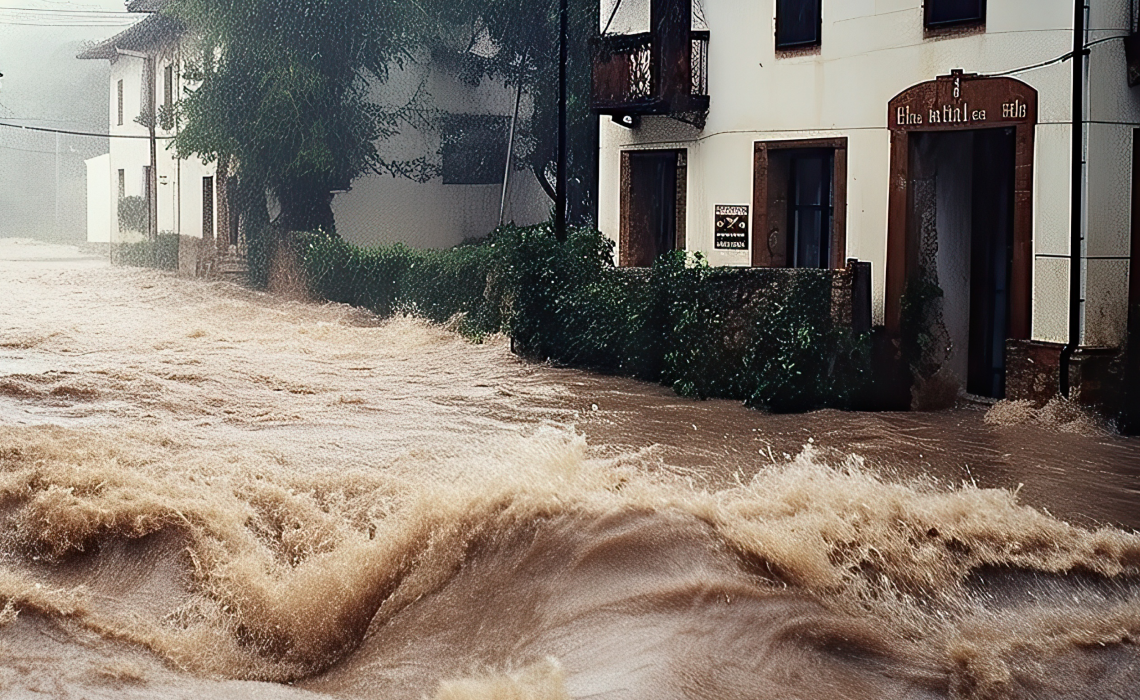High inflation, widespread supply chain disruption caused by geopolitical instability and climate change, rising materials costs and labor shortages, and significant loss experience, where adjusted loss amounts were far above reported values has resulted in many businesses being underinsured or with large gaps in their property insurance programs.
William Penley, Executive Director at PE-Risk, a leading global provider of independent insurance and risk management consulting services, addresses many important questions on valuations in this interview.
1. Do you agree or disagree that there is an underestimation of exposure valuations across the market?
We are hearing from insurers and brokers that values are underestimated, but we do not have data to be able to agree or disagree. We have always been focused on keeping valuations current and making it a practice to update our exposure data on an annual basis to ensure we are not presenting stale data.
2. What do you think are the biggest risks of not having accurate valuations?
I think there are three main risks:
- Adequate valuations are critical in creating an effective insurance program. Exposure value is a key input to catastrophe models, which are used to set catastrophe sub-limits. The risk is that inadequate valuations effectively undermine an effective insurance program.
- Likewise, underestimating valuations leads to inadequate coverage leaving you exposed in the case of a major loss.
- More specifically, inaccurate values can lead to miscalculated premiums, mis-structuring of the deductibles, layering and potentially limits of the insurance programs.
3. What do you think are the biggest challenges in obtaining adequate valuations for large property portfolios?
Time and cost are the biggest challenges. Ideally, you would need to send an appraiser to each building, which is not possible. Instead, we rely on a process of reviewing values and comparing different information sources to keep estimates up to date. We make sure that the data that's used for valuation models is best in class and as accurate as possible. Good data going into a model means that the model output will be as accurate as it can be. With better confidence in the model input, we can then make better, informed decisions based on what the models indicate.
4. Companies may rely on anecdotal or ambiguous evidence as to why a building is valued at a certain amount. Is there a way to more accurately demonstrate how to determine the value of a location?
One size fit all never works. You must adapt the process to each asset class and geography.
There's not one tool. There's not one approach that can apply to all. You have to take it literally, asset by asset, geography by geography, and partner by partner, and then come up with your best estimate. We have been focused lately on flagging stale replacement cost valuation in our portfolio and making sure they are updated, at a minimum, every three years and if not, that there is an explanation.
5. How do you approach the challenges of inflation and rising construction costs?
I think this depends on your starting point. You have to factor in the size of a property, the quality of the asset, and apply common sense and anecdotal evidence when determining the value of a building. For example, $110/square foot for an industrial asset would make sense in certain cases, but if it's a 2,000,000-square-foot property, then no, it doesn't make sense. Claims that are coming in are declared as higher because of inflation, but arguably inflation on steel and copper, for example, may be temporary. You have to factor all this in, and then supplement with a valuation engine to come to a result that can be agreed upon. I’d assume that inflation and demand surges will be factored into the next upgrade of valuation engines too.
6. Based on your experience with PE-Risk customer renewals this year, have there been common questions that carriers have asked specifically related to the market or to values?
Generally, we ask for replacement cost values (RCV) annually from our partners and ensure RCV is updated every three years at a minimum. Income is updated on an annual basis.
This year, we’ve heard a lot more questions on valuation methodology. Nothing has changed on our side as far as the process we use, but I’ve heard of cases where an insured will need to update their values to the tune of an 80% increase for their replacement cost. And then obviously, that would be on the top of whatever rate increase the market has dictated this year. So it makes for a pretty painful renewal.
Share this
You May Also Like
These Related Stories

Big Changes Ahead For Flood Insurance

Why You Should Pay Closer Attention to Roof Age for Commercial Properties
